Siberian breed
Personality and Temperament
- Affectionate: Siberians are known for their loving and affectionate nature, forming strong bonds with their families.
- Playful: They remain playful throughout their lives, enjoying interactive play and toys.
- Intelligent: Highly intelligent and curious, they are good problem solvers and enjoy learning tricks.
- Social: Generally social and good with children, other cats, and even dogs.
- Adaptable: Adapt well to different living environments, whether it’s a small apartment or a large house.
- Vocal: Known for their soft, melodious voices, they often communicate with chirps and trills.
- Loyal: They tend to follow their favorite person around and enjoy being involved in household activities.
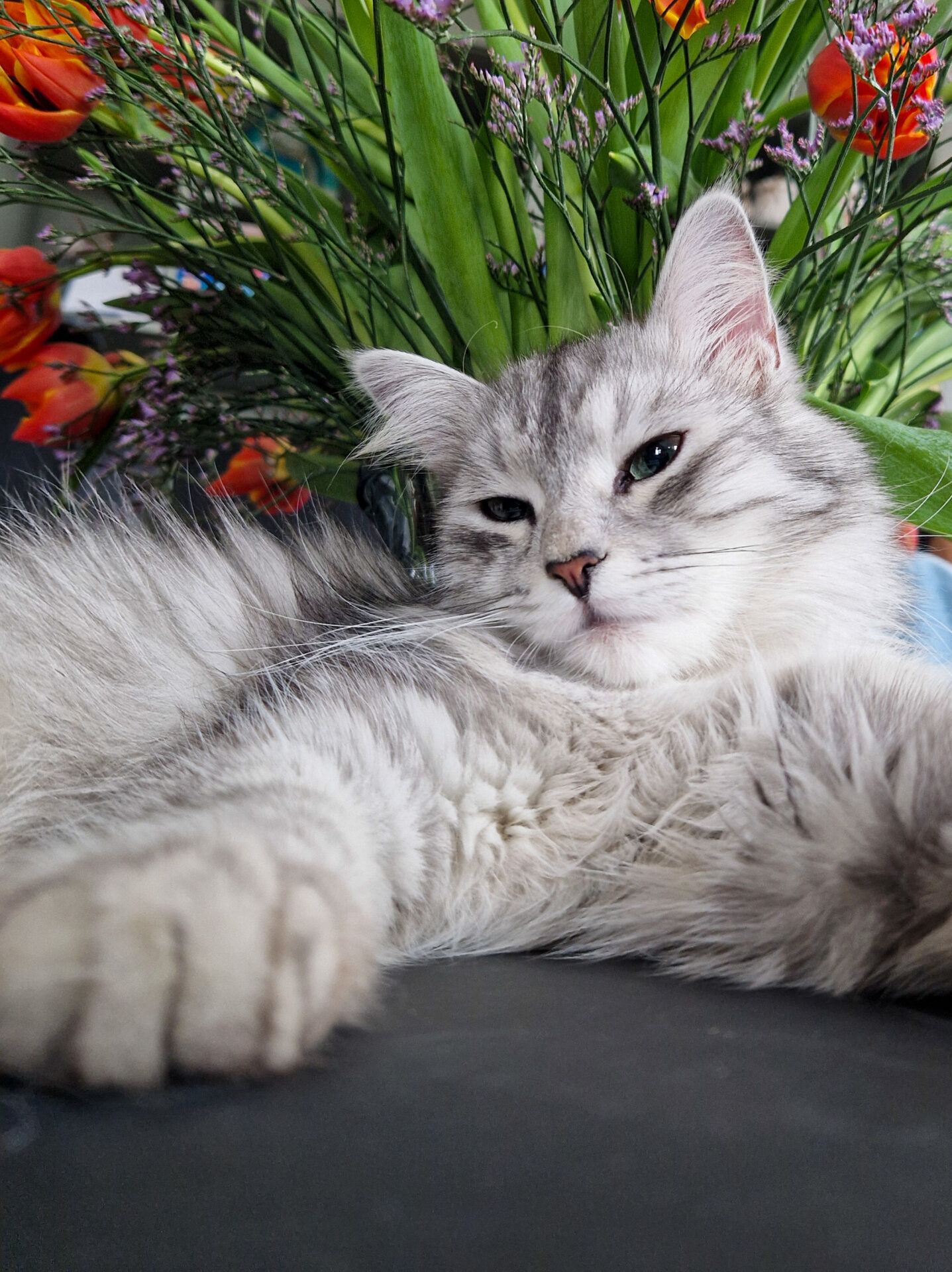
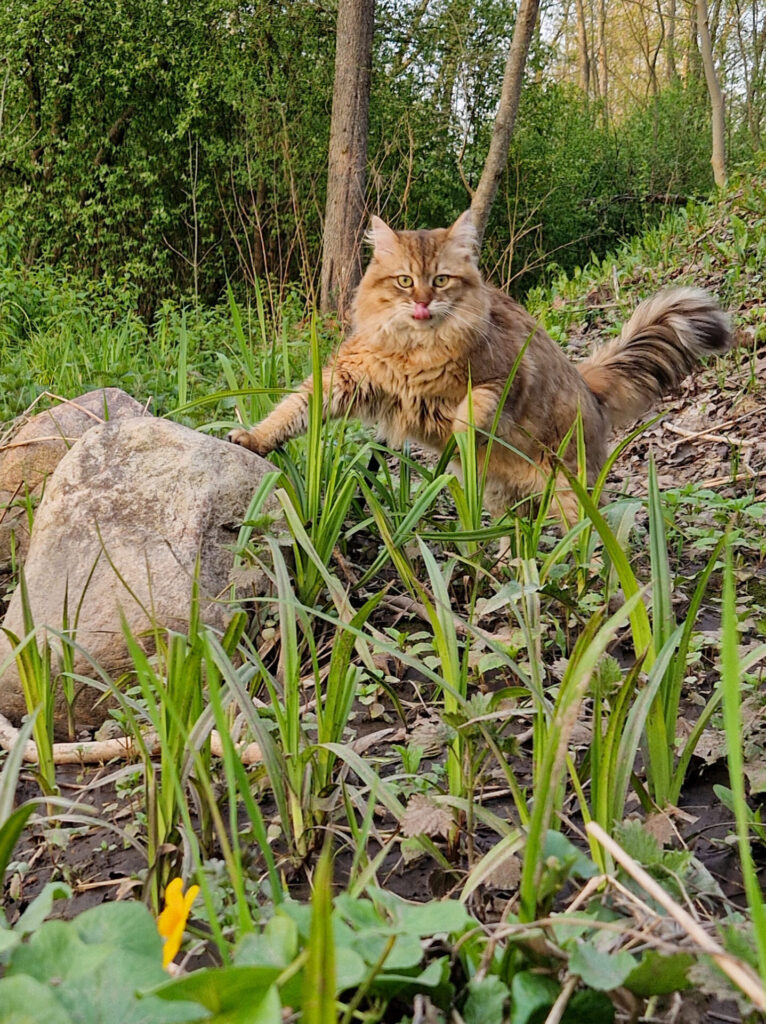
Activity Level
- Active: Siberians are agile and active, enjoying climbing and jumping.
- Interactive Play: They thrive on interactive play and mental stimulation, making them great companions for active families.
Health and Care
- Grooming: Despite their long fur, Siberians do not require excessive grooming. Brushing once or twice a week is usually sufficient, though they may need more frequent grooming during shedding seasons.
- Health Issues: Generally healthy with no breed-specific genetic issues. Regular veterinary check-ups are recommended to maintain overall health.
- Lifespan: Typically, they live between 11-15 years, though some can live longer with proper care.
- Hypoallergenic: Often considered hypoallergenic due to lower levels of the Fel d 1 protein in their saliva, which is a common allergen. However, no cat breed is completely hypoallergenic.
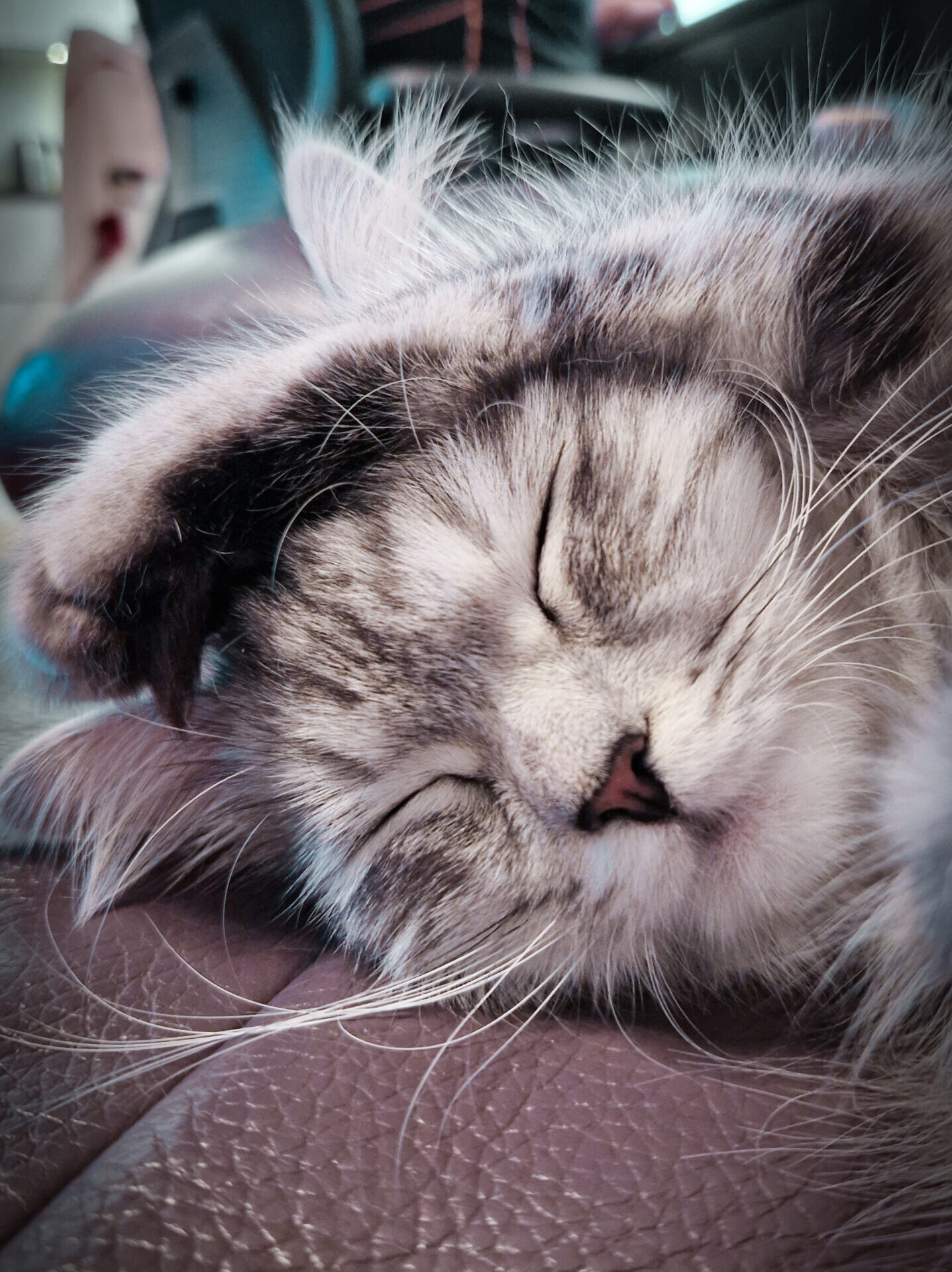
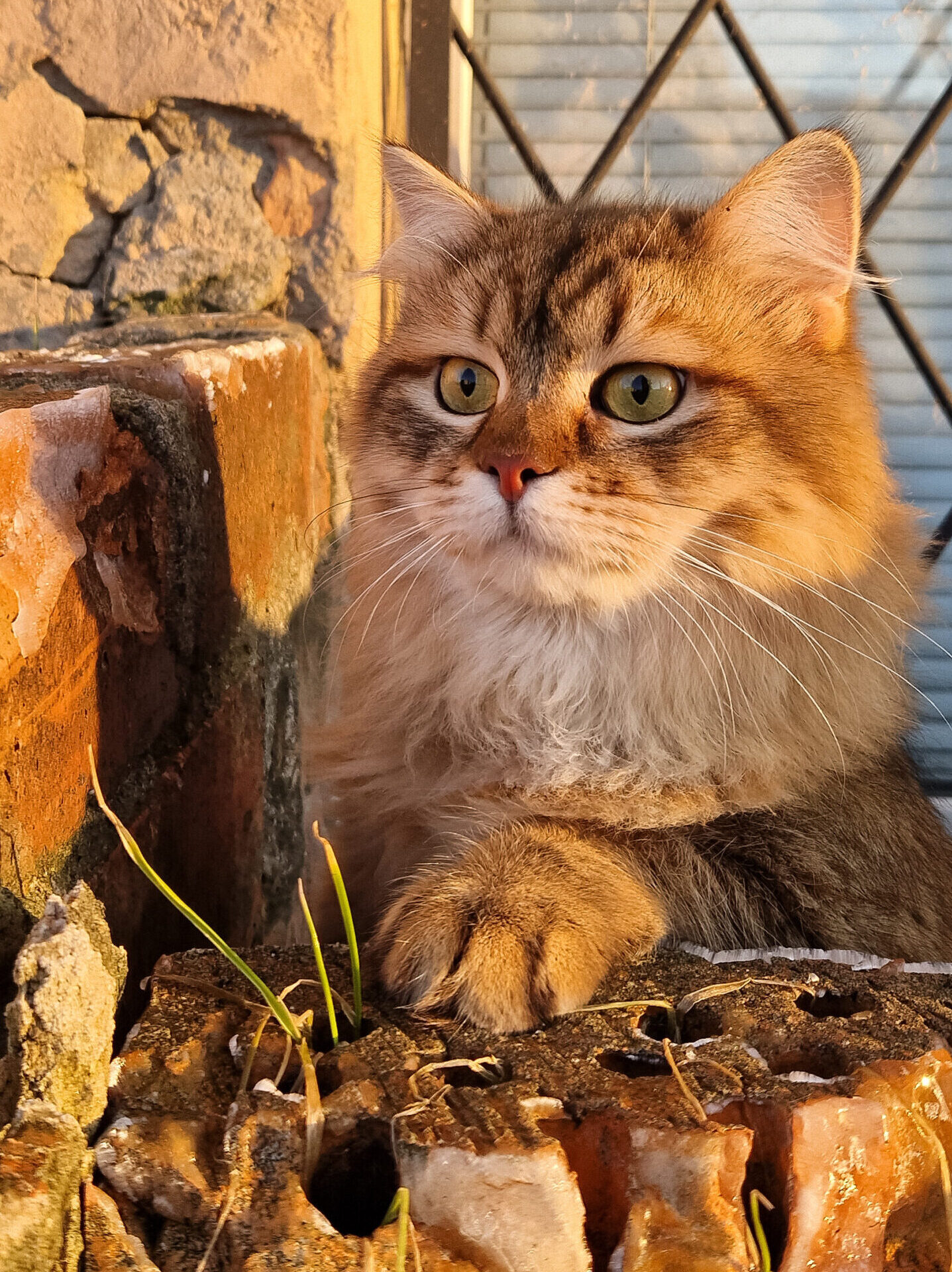
Physical Characteristics
Body: Siberian cats are medium to large, muscular, and heavy. They have a solid build with muscular legs of medium length and large, compact, rounded paws with toe tufts. Their tail is bushy, reaching the shoulder blades, and slightly tapering.
Head: The head is broad and short, with deep-set cheekbones, a rounded muzzle, and a slightly rounded chin. The forehead is slightly arched, and the nose is broad and uniform in width.
Ears: medium-sized, broad at the base with rounded tips, and set wide apart with a slight forward tilt.
Eyes: large and slightly oval, rounded at the lower edge, set at a slight slant, and wide apart. The eye color varies from yellow/golden to green, matching the coat color. Blue and odd eyes are permitted in certain patterns, especially in the Neva Masquerade.
Coat: Medium in length, the Siberian cat’s coat consists of a dense, soft undercoat beneath a coarser, water-repellent topcoat. The fur is longest on the neck, chest, trousers, and tail. The coat texture is firm and glossy.
Historical and Cultural Significance
- Origins: Siberian cats, also known as Siberian Forest Cats, are a robust and natural breed with a rich history in Russia, They are known for their ability to survive in harsh climates.
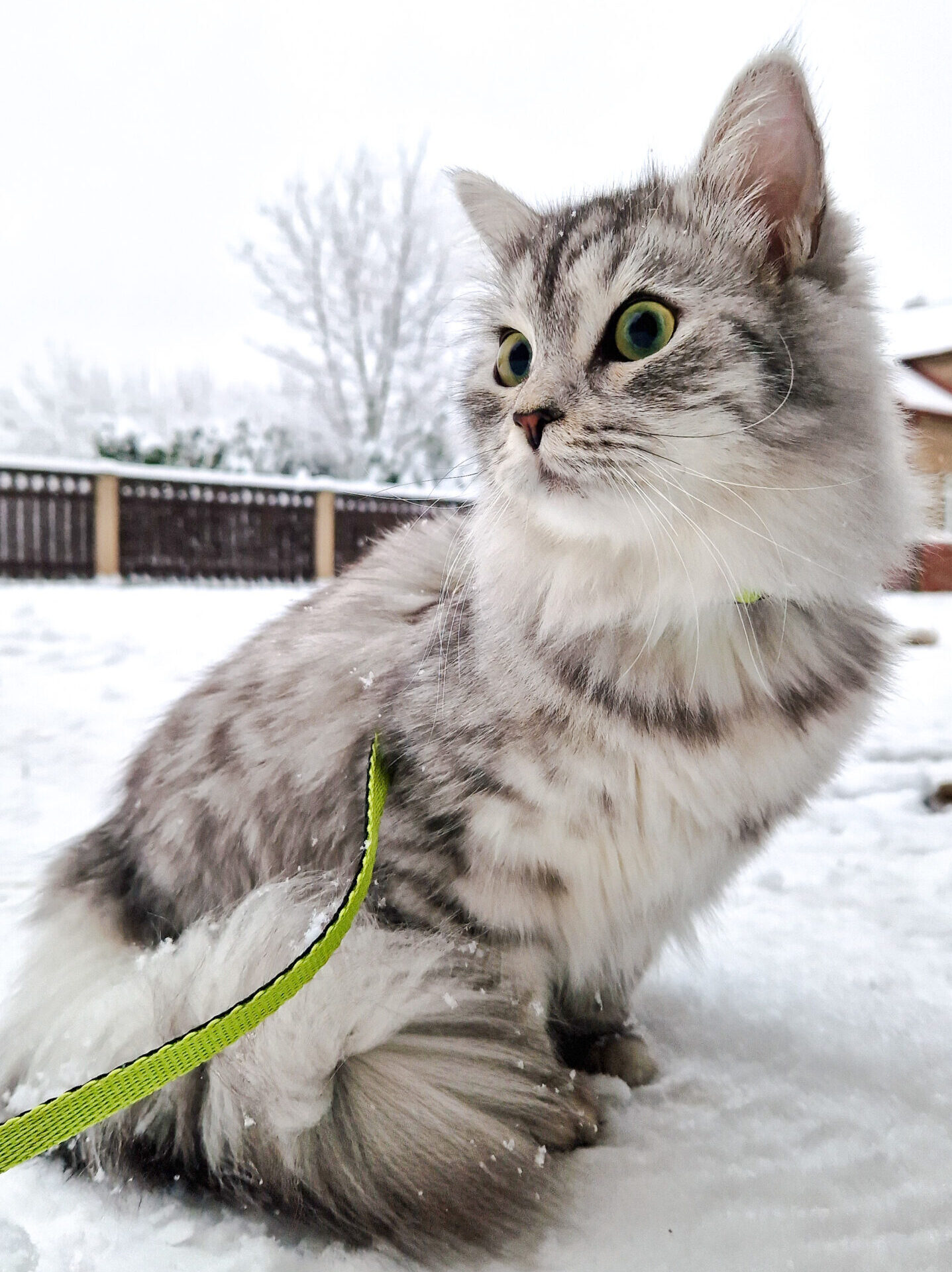
Talk to us
Got any questions? We’re always happy to chat about Siberian cats, kittens, their personalities, and how to care for them!
